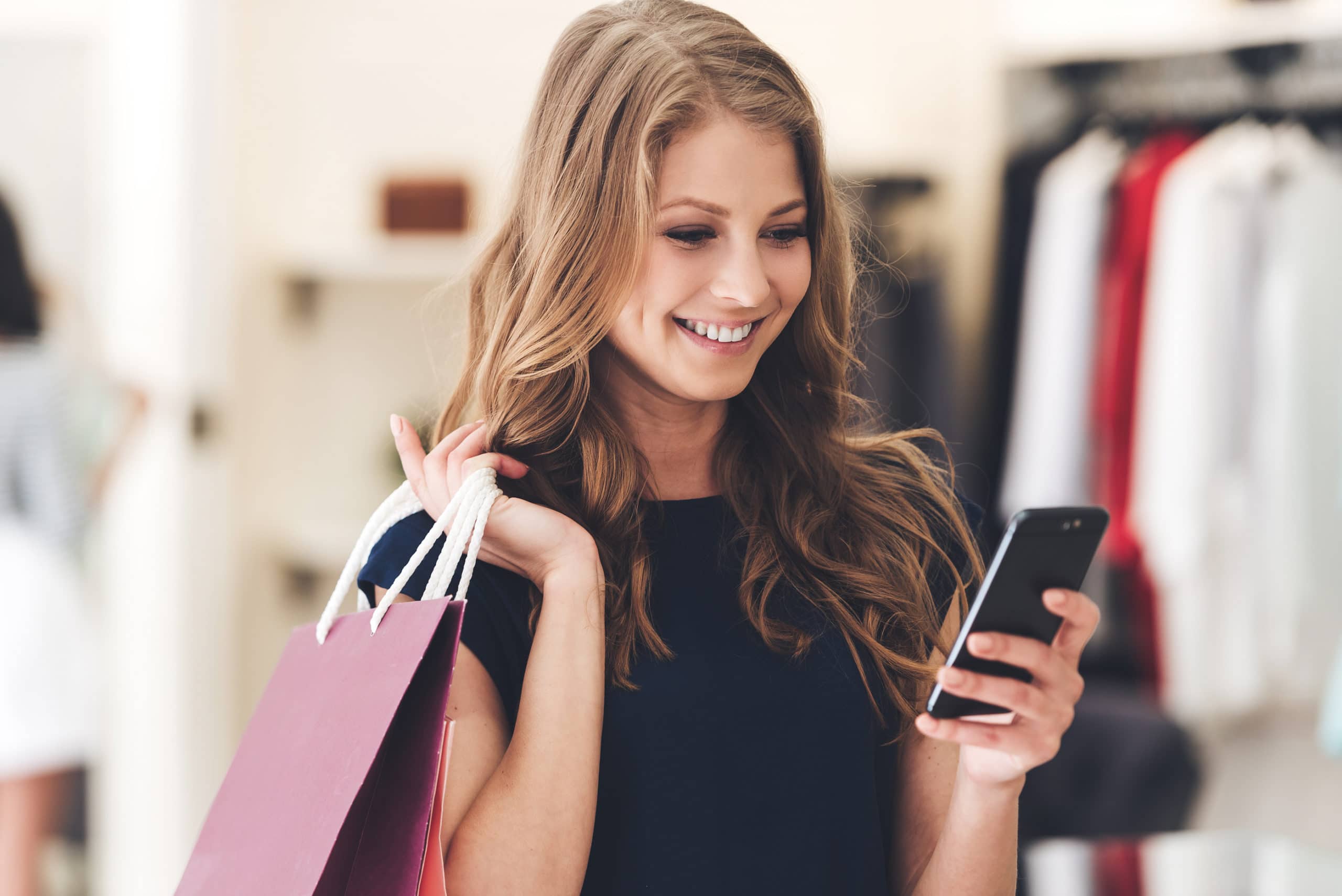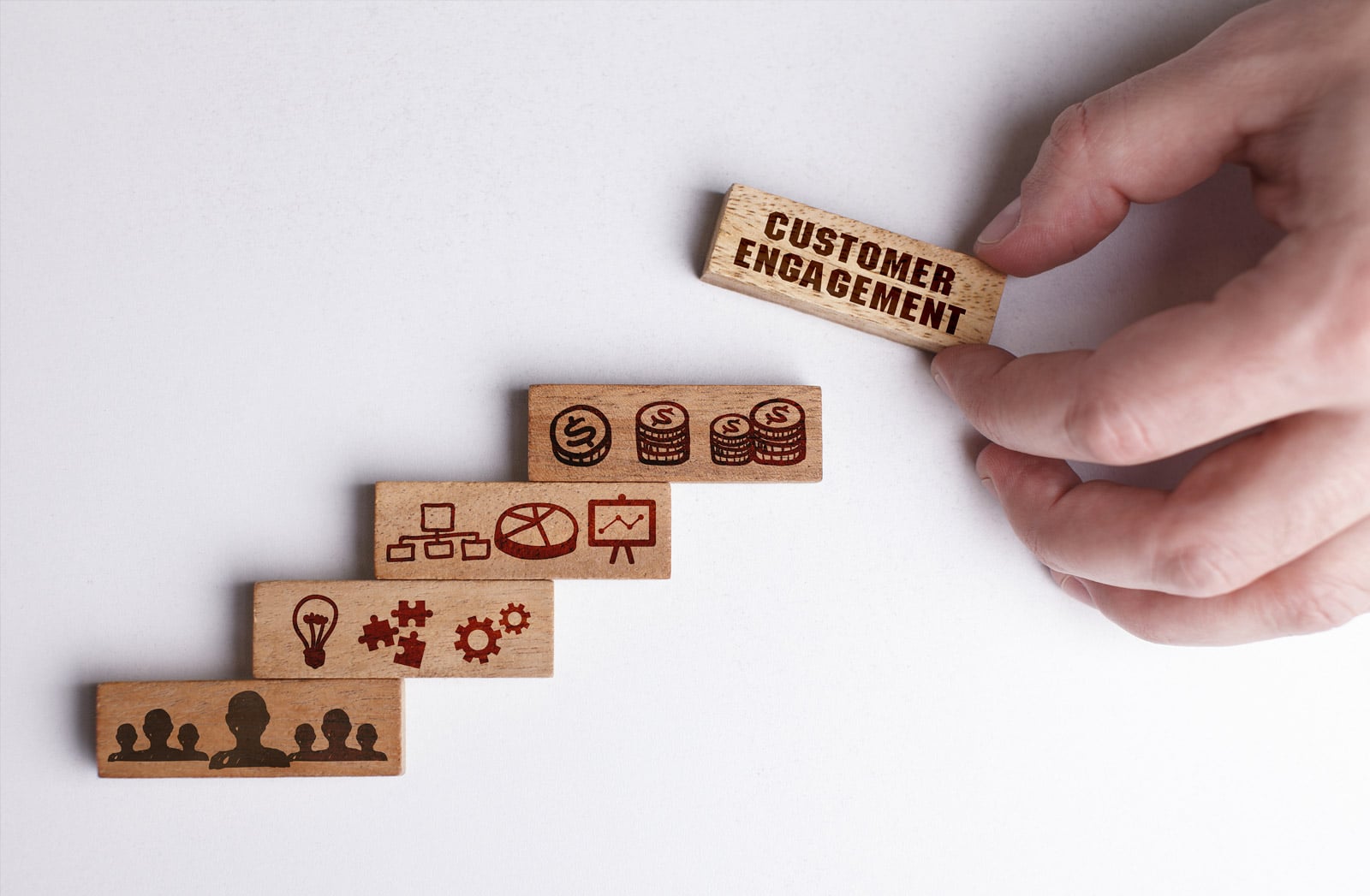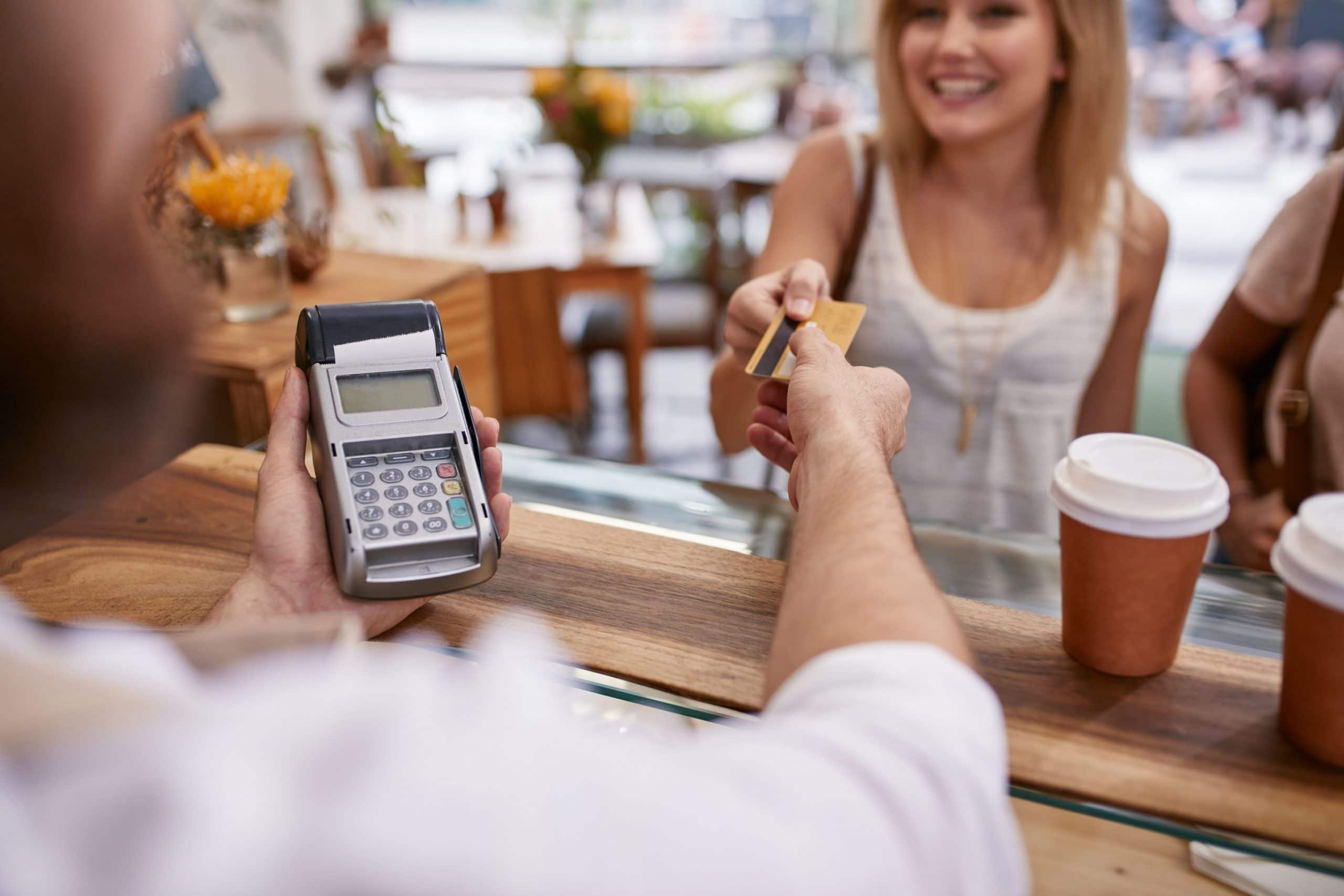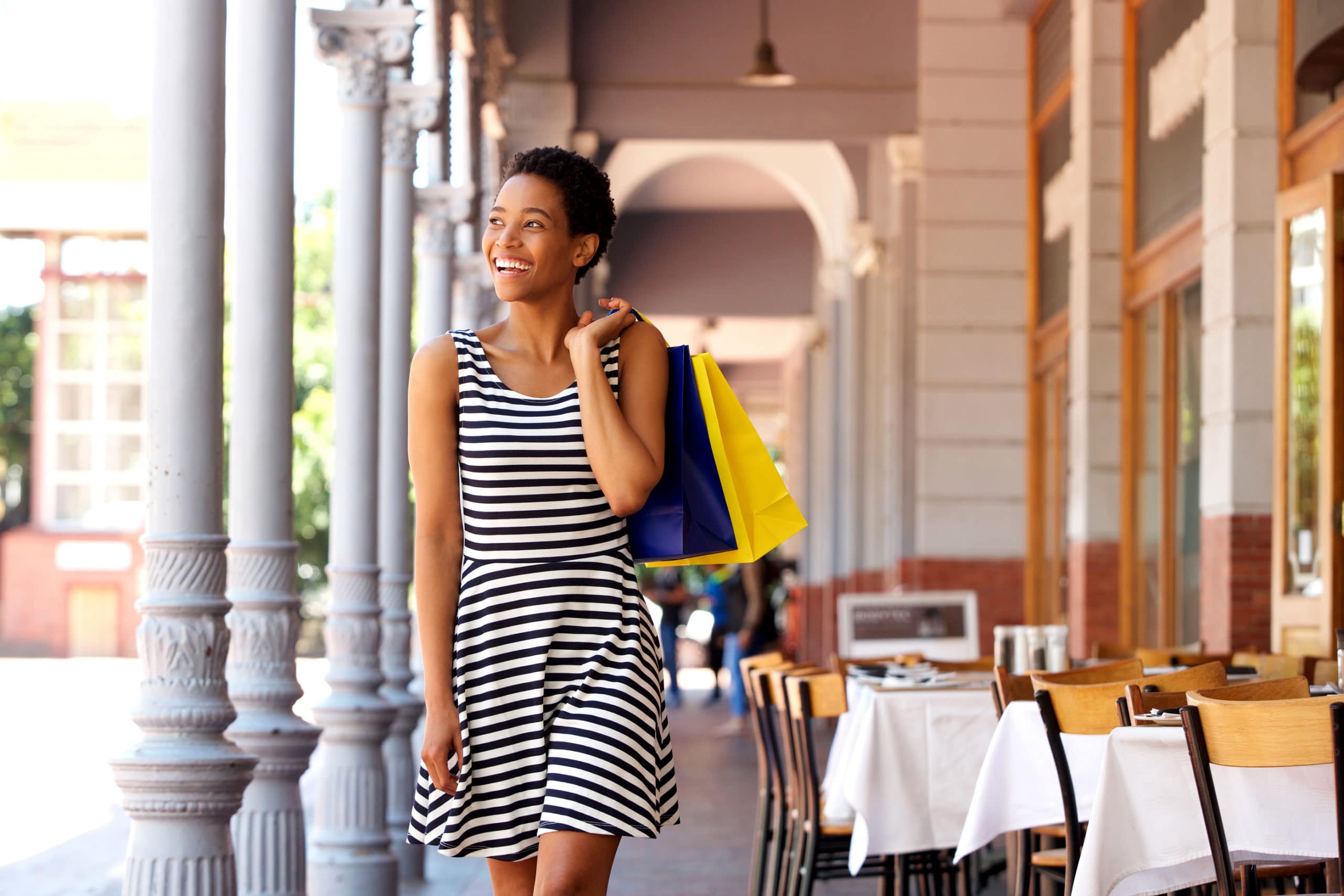Throughout the beginning of the year, the media was consumed with stories of a retail apocalypse; exemplified by mounting bankruptcies and store closures as well as consumer spending shifting away from retail and towards experiences, dining and travel. So all eyes were on the biggest shopping weekend of the year, Thanksgiving-Cyber Monday, to evaluate both the current health and the long-term viability of the beleaguered retail industry.
The results? Blockbuster sales all weekend long for both physical and online retailers, propelled forward by aggressive promotions and a surge in mobile shopping. Adobe Analytics reported that American consumers spent $19.62 billion online over the five-day period from Nov. 23, 2017 (Thanksgiving) through Nov. 27 (Cyber Monday). This was $2.6 billion and 15% more than they spent during the same timeframe last year. At Shopkick, our users actively shopped throughout the long weekend both in-stores and on their phones at retailers like Amazon, Best Buy, TJX, Walmart, Kohls and eBay.
Below, we explore 5 key Thanksgiving-Cyber Monday trends and what they mean for the rest of the holiday shopping season.
1. Shopping is spread out throughout the whole weekend
Given that discounts are readily available to consumers year-round, and holiday discounts started in early November, Black Friday has mostly lost its significance as THE make-or-break shopping day. Also the nature of the event has changed, as better online and mobile experiences has meant that the days of millions of consumers waiting outside for doorbuster deals and enduring jostling crowds are largely over as consumers can shop from the comfort of their own homes or phones.
While Shoppertrak found that foot traffic did decline on Thanksgiving and Black Friday by 1.6% from last year, sales were up, especially online sales. Thanksgiving Day saw a surge in online spending in the U.S., with purchases growing 18.3% to $2.87 billion compared to last year’s $1.3 billion, according to Adobe Analytics. On Black Friday, a record $5.03 billion was spent online, an increase of 16.9% over last year and a new record for the day. A good deal of the shopping took place on the websites of physical retailers – not just online only retailers. Finally, on Cyber Monday, a record $6.59 billion was spent online, an increase of 16.8 % over 2016, making it the largest mostly U.S.-based online shopping day in history and nearly a billion dollars more than last year at $5.6 billion.
2. A surge in mobile shopping
Consumers are now much more comfortable shopping and transacting on mobile devices. On Black Friday, Adobe reported smartphones accounted for 45% of visits and 26% of revenue for online retailers, working out to just under $2 billion in sales. On Cyber Monday, purchases made on smartphones broke records with $2 billion in sales. Adobe said early data for Cyber Monday activity showed mobile driving nearly 40% of online sales.
Another positive sign is that conversion rates on mobile are improving, due to improved apps, wallet integrations, and mobile transactions closing at a 12 percent higher rate year on year. Conversion rates on smartphones were at 3.5%, a 10% increase over last year according to Adobe.
3. Amazon vs. everyone else
Amazon continued to assert its dominance, and not just on Cyber Monday. Amazon accounted for half of Black Friday online sales. Based on web traffic, Amazon and Walmart increased their combined market share by 1.5%, while Target, JCPenney, and Sears all lost ground. Cyber Monday was Amazon’s biggest shopping day in company history, beating out the previous record holder, Prime Day. Amazon isn’t planning on slowing down anytime soon as their Amazon Prime subscriber growth — in terms of both numbers and how much they spend — sets them up nicely for the rest of the season.
4. Differences between online and in-store shopping
NRF and Prosper Insights found that more Americans shopped both in-stores and online, rather than sticking with just one channel. 38% of shoppers shopped both online and in-stores whereas 33% shopped online only and 29% shopped in-store only. These multichannel shoppers are more valuable to retailers, spending $82 more on average than the online-only shopper, and $49 more on average than those shoppers who only shopped in stores.
Aside from shoppers, successful omnichannel retailers are tailoring their marketing and merchandising strategies to each shopping environment. Walmart, for example, had more discounts online for heavy or bulky items like electronics that are more suitable for shipping, whereas in-store was stocked with deals for smaller, impulse buys.
5. Driving the sale: differentiated experience or discounts
Retailers essentially had 2 options to drive sales during this time: either rely on discounts or create a differentiated experience. Those that can drive sales through differentiated experiences, such as product assortment or a stellar in-store and mobile experience will protect their margins and equity against those that solely rely on heavy discounting.
Smart, not blanket, promotional strategies will win out as retailers are under tremendous pressure to feed today’s discount-driven consumer, with research showing that more than 60% of holiday shoppers are motivated by discounts. In fact, retailers have already discounted goods 10% more this year than last. These major discounts early in the holiday season lead consumers to believe that deeper discounts will be coming.
A positive outlook for the rest of the season!
While the immediate week following Black Friday was slower, as consumers recuperate and remember the doorbuster deals, December is poised to be strong for retailers. Healthy economic conditions for consumers and strong confidence should result in robust sales for physical and online retailers alike. Retailers must focus on strategies that engage shoppers across channels with relevant content, merchandise, experiences and promotions.


![[Infographic]: Seasonal Shopping Trends 2017](https://www.shopkick.com/wp-content/uploads/2017/08/alcohol-advertising.jpg)










